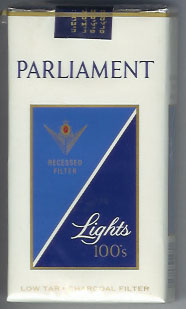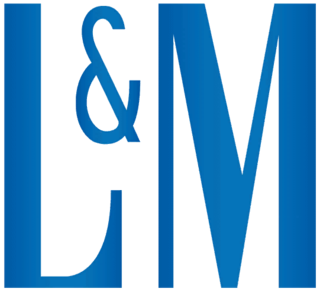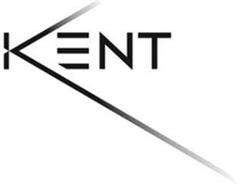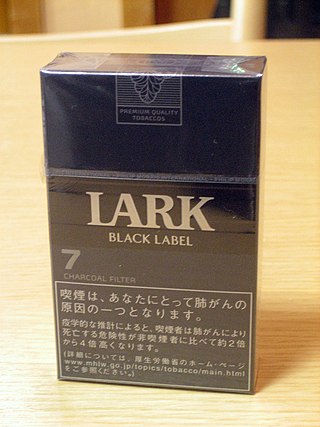Related Research Articles

A roll-your-own (RYO) cigarette, also called a handrolled cigarette, is a cigarette made from loose tobacco and rolling paper. Factory-made cigarettes are called industrial cigarettes.

A cigar is a rolled bundle of dried and fermented tobacco leaves made to be smoked. Cigars are produced in a variety of sizes and shapes. Since the 20th century, almost all cigars are made of three distinct components: the filler, the binder leaf which holds the filler together, and a wrapper leaf, which is often the highest quality leaf used. Often there will be a cigar band printed with the cigar manufacturer's logo. Modern cigars can come with two or more bands, especially Cuban cigars, showing Limited Edition bands displaying the year of production.

A cigarette is a narrow cylinder containing a combustible material, typically tobacco, that is rolled into thin paper for smoking. The cigarette is ignited at one end, causing it to smolder; the resulting smoke is orally inhaled via the opposite end. Cigarette smoking is the most common method of tobacco consumption. The term cigarette, as commonly used, refers to a tobacco cigarette, but the word is sometimes used to refer to other substances, such as a cannabis cigarette or an herbal cigarette. A cigarette is distinguished from a cigar by its usually smaller size, use of processed leaf, and paper wrapping, which is typically white. Since the 1920s, cigarettes have been a major source of advertising revenue for the media, of traffic for small stores, and of tax revenue for governments.

Rolling paper is a specialty paper used for making cigarettes. Rolling papers are packs of several cigarette-size sheets, often folded inside a cardboard wrapper. They are also known as 'blanks', which are used to encase tobacco or cannabis. It may be flavoured.

Parliament is an American brand of cigarettes, currently owned and manufactured by Philip Morris USA in the United States and Philip Morris International outside of the United States.
West is a German brand of cigarettes, currently owned and manufactured by Imperial Brands.

L&M is an American brand of cigarettes, currently owned and manufactured by Altria and Philip Morris International. The name comes from the tobacco company founded in 1873 called Liggett & Myers, predecessor of today's Liggett Group, in which L&M was originally produced.

Nicotine marketing is the marketing of nicotine-containing products or use. Traditionally, the tobacco industry markets cigarette smoking, but it is increasingly marketing other products, such as electronic cigarettes and heated tobacco products. Products are marketed through social media, stealth marketing, mass media, and sponsorship. Expenditures on nicotine marketing are in the tens of billions a year; in the US alone, spending was over US$1 million per hour in 2016; in 2003, per-capita marketing spending was $290 per adult smoker, or $45 per inhabitant. Nicotine marketing is increasingly regulated; some forms of nicotine advertising are banned in many countries. The World Health Organization recommends a complete tobacco advertising ban.

Shag, also known as rolling tobacco or loose tobacco, is fine-cut tobacco, used to make self-made cigarettes by hand rolling the tobacco into rolling paper or injecting it into filter tubes. It got its name from the finely cut strands appearing like 'shag' fabric and was originally considered poor quality. Various types of cut are used; most shag blends use a simple mixture of cutting styles, consisting mostly of loose cut but also krumble kake, ribbon cut and flake may be used. Some shag blends use cuts reminiscent of pipe tobacco. These were imported to the United Kingdom by Rory Innes following the Virginia tobacco plantations in North America.
Viceroy is an American brand of cigarettes, currently owned and manufactured by R. J. Reynolds Tobacco Company in the United States and British American Tobacco outside of the United States.

Kent is an American brand of cigarettes, currently owned and manufactured by R.J. Reynolds Tobacco Company in the United States and British American Tobacco elsewhere. The brand is named after Herbert Kent, a former executive at Lorillard Tobacco Company.

A cigarette filter, also known as a filter tip, is a component of a cigarette, along with cigarette paper, capsules and adhesives. Filters were introduced in the early 1950s.

A menthol cigarette is a cigarette flavored with the compound menthol.

Next is a brand of cigarettes, currently owned and manufactured by Philip Morris International. The original acronym for Next was a reference to "nicotine extracted".
Vantage is an American brand of cigarettes, currently owned and manufactured by the R.J. Reynolds Tobacco Company.

An electronic cigarette or vape is a device that simulates tobacco smoking. It consists of an atomizer, a power source such as a battery, and a container such as a cartridge or tank filled with liquid. Instead of smoke, the user inhales vapor. As such, using an e-cigarette is often called "vaping". The atomizer is a heating element that vaporizes a liquid solution called e-liquid, which quickly cools into an aerosol of tiny droplets, vapor and air. E-cigarettes are activated by taking a puff or pressing a button. Some look like traditional cigarettes, and most kinds are reusable. The vapor mainly comprises propylene glycol and/or glycerin, usually with nicotine and flavoring. Its exact composition varies, and depends on several things including user behavior.

Ventilated cigarettes are considered to have a milder flavor than regular cigarettes. These cigarette brands may be listed as having lower levels of tar ("low-tar"), nicotine, or other chemicals as "inhaled" by a "smoking machine". However, the scientific evidence is that switching from regular to light or low-tar cigarettes does not reduce the health risks of smoking or lower the smoker's exposure to the nicotine, tar, and carcinogens present in cigarette smoke.

Lark is an American brand of cigarettes, owned by Altria Group, and manufactured by Philip Morris USA in the United States and Philip Morris International for the rest of the world.
Cigarette tubes are pre-rolled cigarette paper usually with an acetate or paper filter at the end. They have an appearance similar to a finished cigarette but are without any tobacco or smoking material inside. The length varies from what is known as King Size (84mm) to 100's (100mm).
A heated tobacco product (HTP) is a tobacco product that heats the tobacco at a lower temperature than conventional cigarettes. These products contain nicotine, which is a highly addictive chemical. The heat generates an aerosol or smoke to be inhaled from the tobacco, which contains nicotine and other chemicals. HTPs may also contain additives not found in tobacco, including flavoring chemicals. HTPs generally heat tobacco to temperatures under 600 °C (1100 °F), a lower temperature than conventional cigarettes.
References
- ↑ "Laredo Tobacco Kit Review". Bknews.
- ↑ "Roll Your Own Magazine, The magazine of roll your own cigarettes, cigarette tobacco reviews, cigarette rolling machines reviews, cigarette tube reviews". www.ryomagazine.com. Retrieved 2022-10-29.
- ↑ "alt.smokers - Google Groups". groups.google.com. Retrieved 2022-10-29.